What could I do with this yard?
hollan
14 years ago
Related Stories
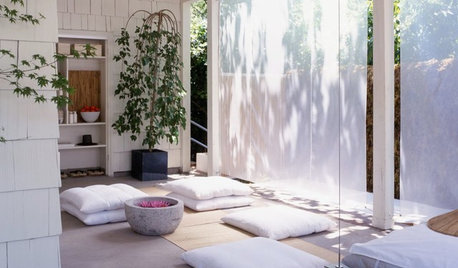
DREAM SPACESIf You Could Choose One Dream Space ...
Yoga room, wine cellar, infinity pool or tricked-out garage — which of these luxurious rooms would be at the top of your list?
Full Story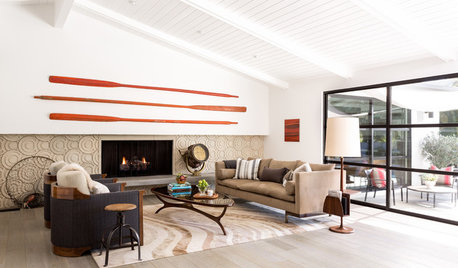
MODERN HOMESHouzz Tour: ’50s Ranch Redo Could Be a Keeper
An experienced house flipper puts his creative talents to work on an L.A. remodel designed for his own family
Full Story
BEDROOMS11 Things You Didn’t Think You Could Fit Into a Small Bedroom
Clever designers have found ways to fit storage, murals and even chandeliers into these tight sleeping spaces
Full Story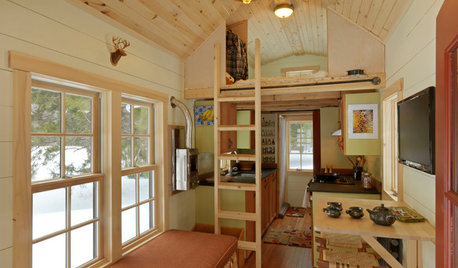
SMALL SPACESCould You Live in a Tiny House?
Here are 10 things to consider if you’re thinking of downsizing — way down
Full Story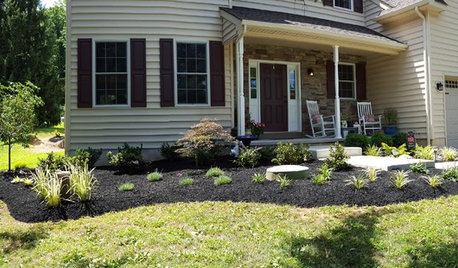
LIFEIf You Could Talk to Your House, What Would You Say?
‘Pull yourself together’ or ‘thank you for transforming my life’? Notes to homes around the country hit us where we live
Full Story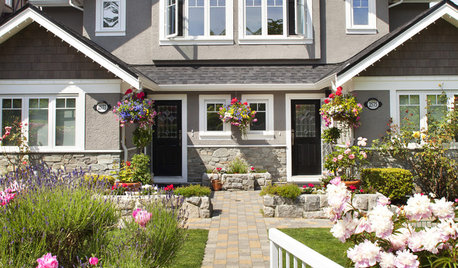
LIFECould You Be a Landlord?
Sure, the extra income would be great. But jumping blindly into owning a rental property could be disastrous. Here's what you need to know
Full Story
FUN HOUZZWhat Could You Imagine With Lego's New Architecture Kit?
Go ahead, toy around with wild building ideas. With 1,210 all-white blocks at your disposal, it's OK to think big
Full Story
ARCHITECTUREHouse-Hunting Help: If You Could Pick Your Home Style ...
Love an open layout? Steer clear of Victorians. Hate stairs? Sidle up to a ranch. Whatever home you're looking for, this guide can help
Full Story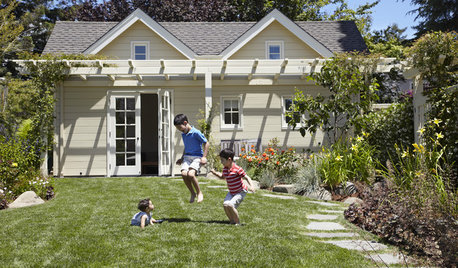
KIDS’ SPACESCould Your Home Help Your Kid Be an Olympian?
Looking to nurture a future sports star or just get your kid up and moving? Take some coaching from these homes
Full Story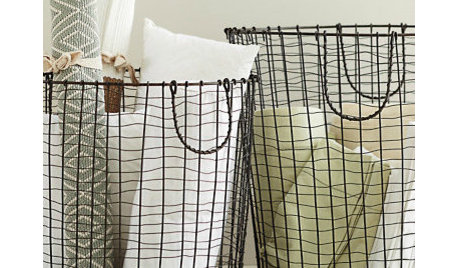
PRODUCT PICKSGuest Picks: If I Could Have a Dorm Room Do-Over
One interior decorator reimagines the drab dorm room into a stylish, fun space to study and sleep
Full Story









isabella__MA
karinl
Related Professionals
Beavercreek Landscape Architects & Landscape Designers · Belmont Landscape Architects & Landscape Designers · Oconomowoc Landscape Architects & Landscape Designers · Palm Springs Landscape Architects & Landscape Designers · West Chester Landscape Architects & Landscape Designers · Canton Landscape Contractors · East Hanover Landscape Contractors · Lehigh Acres Landscape Contractors · Nanuet Landscape Contractors · Pleasant Prairie Landscape Contractors · Snoqualmie Landscape Contractors · Stallings Landscape Contractors · Tavares Landscape Contractors · Vacaville Landscape Contractors · Chesapeake Ranch Estates Stone, Pavers & Concretekarinl
hollanOriginal Author
queerbychoice
laag
Iris GW
woodyoak zone 5 southern Ont., Canada
hollanOriginal Author
woodyoak zone 5 southern Ont., Canada
hollanOriginal Author
woodyoak zone 5 southern Ont., Canada
karinl
isabella__MA
queerbychoice
hollanOriginal Author
Iris GW
karinl
linda_schreiber
mjsee
Iris GW
woodyoak zone 5 southern Ont., Canada
hollanOriginal Author
mjsee
linda_schreiber